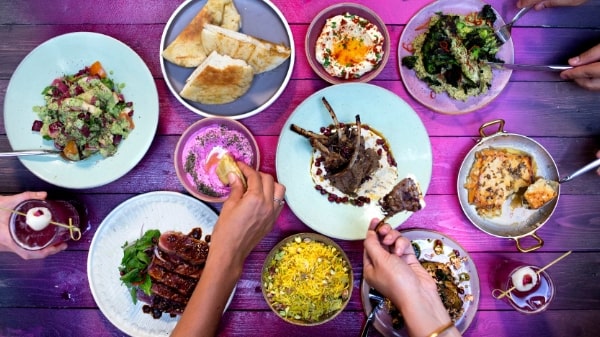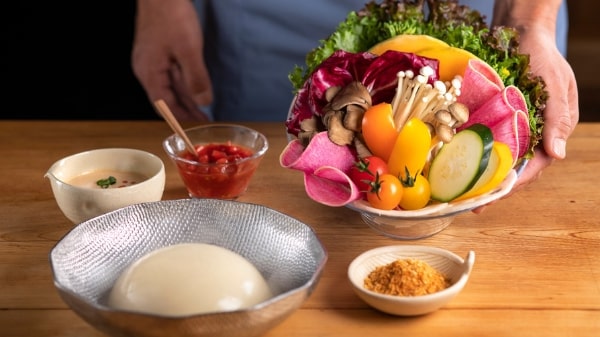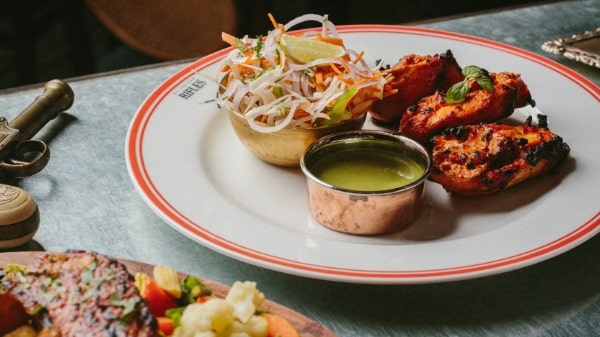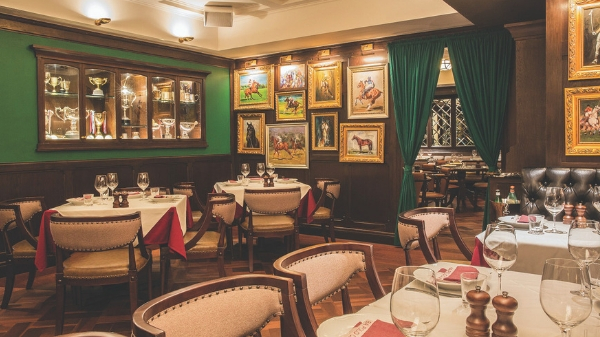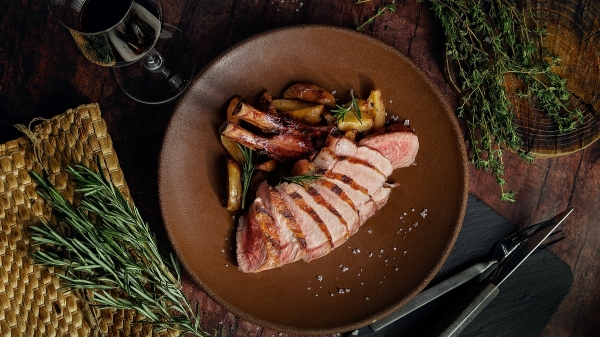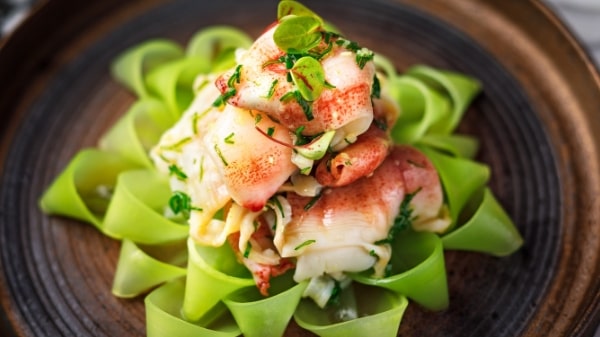Hutong, Aqua Group’s Northern Chinese restaurant, is as well known among Hong Kong’s gourmands for its often-fiery cuisine, as it is for embracing all things traditionally and authentically Chinese.

This summer, the culinary team at Hutong has decided to explore one truly intrinsic element of Chinese culture – the ostensibly humble bamboo. Though modest in appearance, the bamboo tree is all-important in Chinese tradition, having been used by the Middle Kingdomers for at least the past 7,000 years in almost every form, be it as writing medium, weapons, music instruments or even food. It is to this centuries-old tradition that Hutong pays homage to with its all-new menu called ‘Yong Zhu’, which loosely translates to ‘singing the praise of bamboo’.
We started this epicurean ode to bamboo with Razor clams steeped in Chinese rose wine sauce, a mild and savoury appetiser made aromatically rich by the addition of Chinese rose wine that was a perfect palate opener for the flavour-packed dishes to follow. The other appetiser, Shanghainese coddled egg topped with pan-fried foie gras, was equally delicious with the texture of the foie gras – crispy on the outside, buttery on the inside – complementing the soft, salty egg yolk.

It was, however, the next dish, the Pu erh tea smoked cod fish fillet wrapped in bamboo leaf, that was a showstopper in terms of both presentation and flavours. Enclosed in a layer of aromatic bamboo leaves, the soft, lean cod fillets were consistently permeated by the smoky, toasty flavours of the pu erh tea, a kind of fermented tea produced in the Yunnan province of China. The result was smoky, mildly charred fish packed with flavours; without doubt, a must-order item at Hutong.

It would have been a near-impossible task to prevail over the culinary perfection of the last dish, but surprisingly, Hutong’s chefs even managed to top that with the Steamed tiger prawns with chilli and black garlic topped with shredded crispy bamboo shoot. Marinated in a blend of Shaoxing wine, ginger and Chu Yeh Ching Chiew (a kind of bamboo leaf liquor), the tiger prawn is then wok-tossed with shredded bamboo shoots and homemade black garlic. The garlic, which is aged for nearly a month, gives the dish a beautiful piquant aroma that blends perfectly well with the sweet prawns and the crispy yet tender bamboo shoots.

The next highlight of the menu was Wagyu beef in Sichuan chilli pepper broth with bamboo root and celtuce shoot. Featuring the highly sought-after inner core of Oldhamii bamboo shoots, this dish comes in a long bamboo vessel creating an inevitable ‘ooh’ moment when the broth inside is revealed. Floating in it are Wagyu tenderloins, which have soaked up the spicy flavours of the broth. Both the beef and the broth are unapologetically fiery, hot and pungent, so those who aren’t very spice tolerant should have it with the Egg white fried rice with crab and green asparagus. Mild and nourishing, it provides an ideal counterpoint to the spicy soup.
For dessert, we chose the Oolong tea ice-cream, a refreshingly bittersweet ice-cream, with the toasty flavours of the oolong tea making it perfect for those without a prominent sweet tooth.
All in all, Hutong has done such an astounding job of using the bamboo not just as an emblem of Chinese tradition, but as an actual, versatile ingredient that complements a wide range of food with its adaptable flavours. Our only grouch? That the bamboo menu is only available for a very limited time, till 16 August.
Hutong
28/F, One Peking, Tsim Sha Tsui
3428 8342
www.hutong.com.hk
Text: Suchetana Mukhopadhyay




